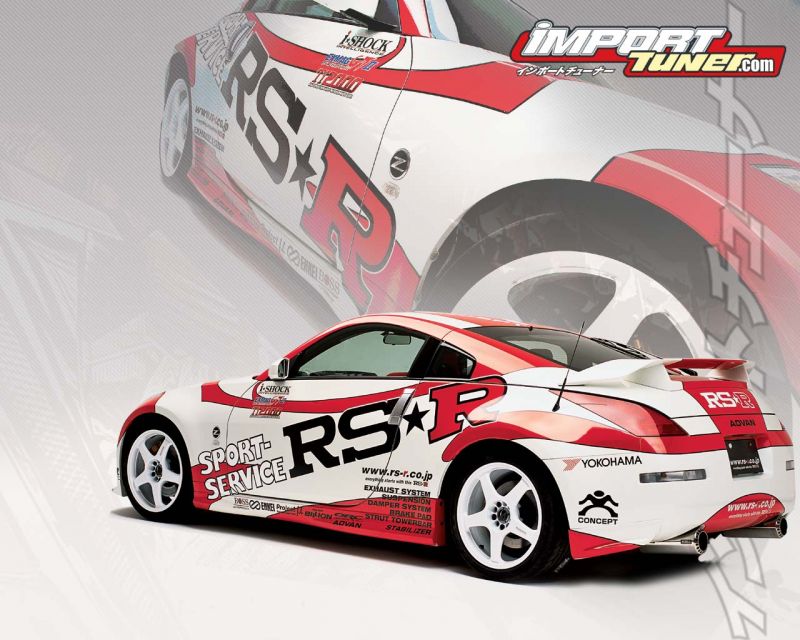The Chevrolet Camaro is an automobile manufactured by General Motors under the Chevrolet brand, classified as a pony car and some versions also as a muscle car. It went on sale on September 29, 1966, for the 1967 model year and was designed as a competing model to the Ford Mustang. The car shared its platform and major components with the Pontiac Firebird, also introduced for 1967.
The Camaro was one of the prominent vehicles in the SCCA-sanctioned Trans-Am Series. Chevrolet worked with Roger Penske to operate their unofficially factory-backed Trans Am team, winning the title in 1968 and 1969 with Mark Donohue. Jim Hall's Chaparral team replaced Penske for the 1970 season. Warren Agor of Rochester, NY, was the series' leading Camaro privateer, his orange #13's often jousting with the factory cars. Maurice Carter of car dealer Maurice Carter Chevrolet-Oldsmobile in Hamilton, Ontario, Canada took a new Camaro off his lot and entered the 1970 Trans-Am Series. Carter earned the highest placed Canadian independent driver score of all the Trans-Am racers. Camaro were in use in Trans-Am until the late 1990s and won further titles in 1991, 1992, 1993, 1994, and 1998.
Based on the 2006 Camaro Concept and 2007 Camaro Convertible Concept, production of the fifth-generation Camaro was approved on 10 August 2006. Oshawa Car Assembly produces the new Camaro which went on sale in spring of 2009 as a 2010 model year vehicle.
Production began on March 16, 2009. The 2010 Camaro is offered as a coupe only in LS, LT, and SS trim levels. LS and LT models are powered by a 3.6 L (220 cu in) V6 producing 312 hp (233 kW) mated to either a 6-speed manual or a 6-speed automatic with manual shift. The SS is powered by the 6.2L (376 cu in) LS3 V8 producing 426 hp (318 kW) and is paired with a 6-speed manual. The automatic SS gets the L99 V8 with 400 hp (300 kW) or the LS3 V8 with 426 hp (318 kW). The RS appearance package is available on both the LT and SS and features 20-inch wheels with a darker gray tone, halo rings around xenon headlamps, and red RS or SS badges.

















































